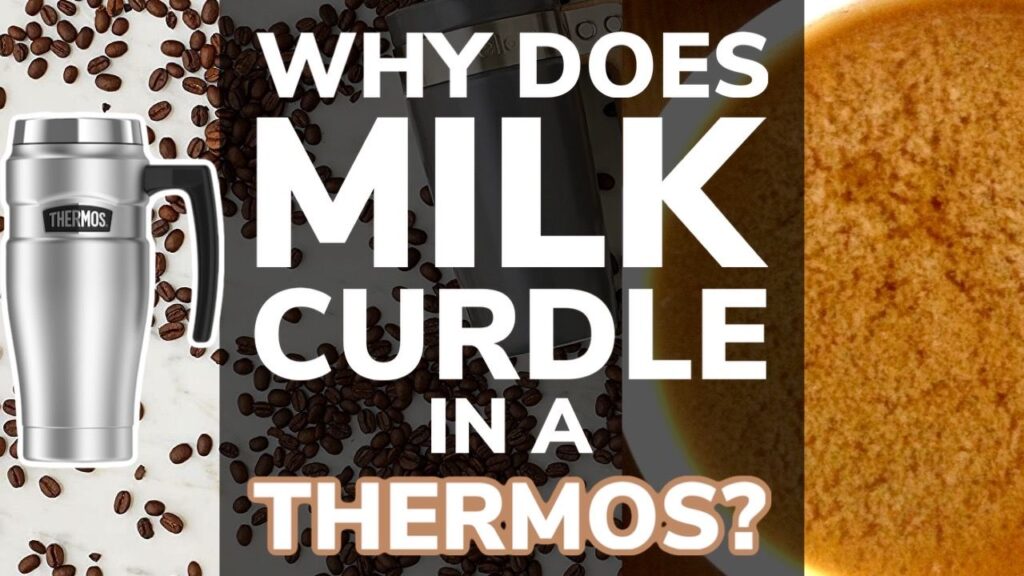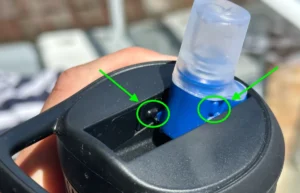Thermos flasks are great at keeping drinks like coffee and tea hot for hours at a time. But sometimes you'll go to drink you coffee or tea from your thermos only to find that the milk has curdled and looks disgusting.
Why exactly does milk curdle in a thermos flask and is it safe to drink or not?
I love my coffee, but I hate curdled milk as it ruins the consistency and taste of my coffee. So I did some research to find out why this happens and how you can avoid it.
Milk curdles in a thermos flask because the combination of acidity and long exposure to heat cause the milk proteins to bind together and form clumps. It is usually safe to drink, it just doesn't look very nice.
I like to get a bit nerdy and understand exactly what is happening to cause my milk to curdle. I find understanding it in detail can help me find ways to avoid it.
See the latest price of Thermos coffee mugs at Amazon
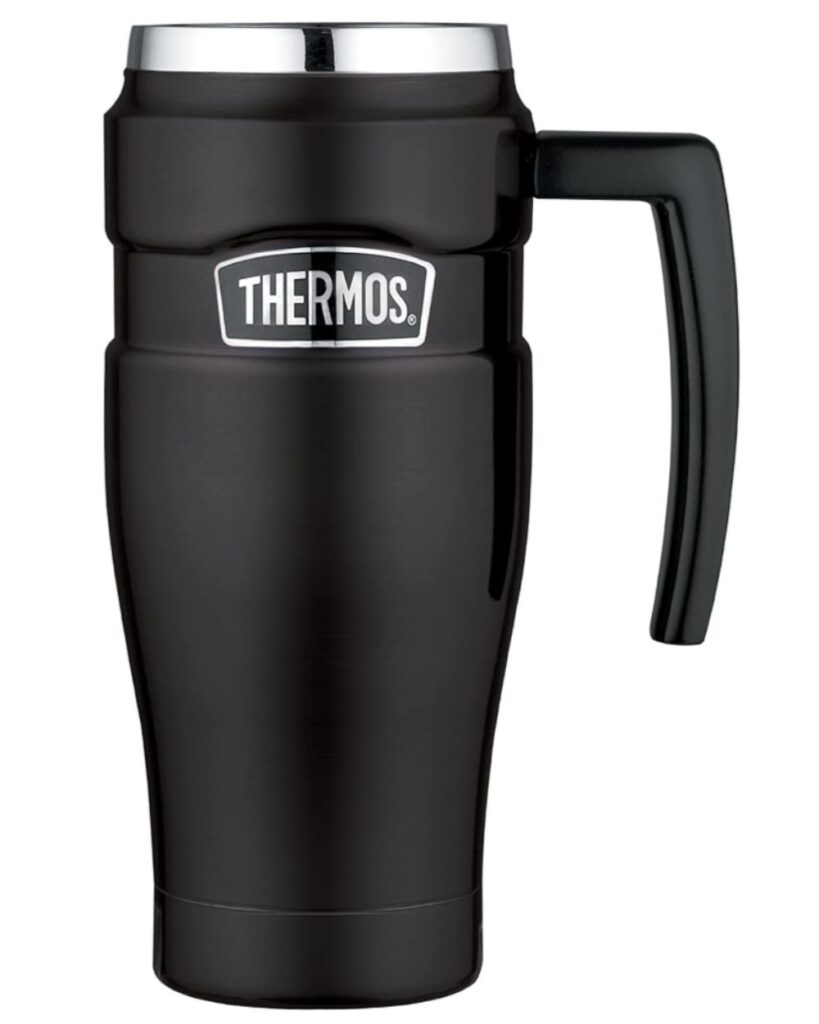
What Is Curdling and Why Does Milk Curdle In The First Place?
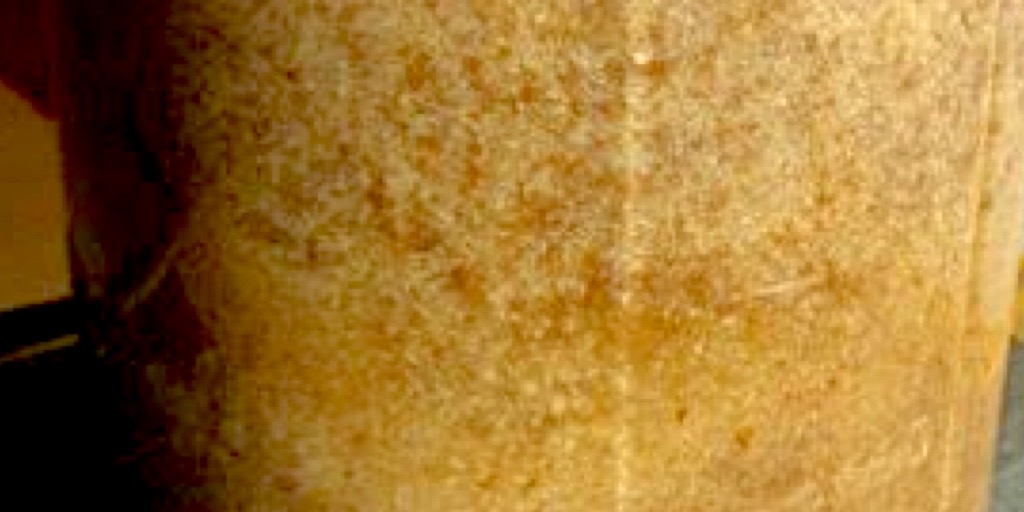
To understand why milk curdles in our coffee or tea when we leave it in a Thermos we need to first understand that milk is what's called a colliod.
It's a combination of fats, proteins and other things all floating around in water.
The protein molecules in milk (mainly casein) have a negative charge and they naturally repel each other. This stops milk from clumping together and curdling when it's kept in your fridge.
However, if your milk becomes more acidic this changes the proteins so that they start to attract each other and clump together. Curdling your milk.
This can happen at cold temperatures but high temperatures actually speed up this process and cause curdling to happen faster and to be more extreme.
Acidity can increase either through adding something acidic to your milk like tea or coffee. Or as milk starts to go bad the bacteria make the milk more acidic and cause it to curdle naturally.
Why Does Milk Curdle In My Thermos?
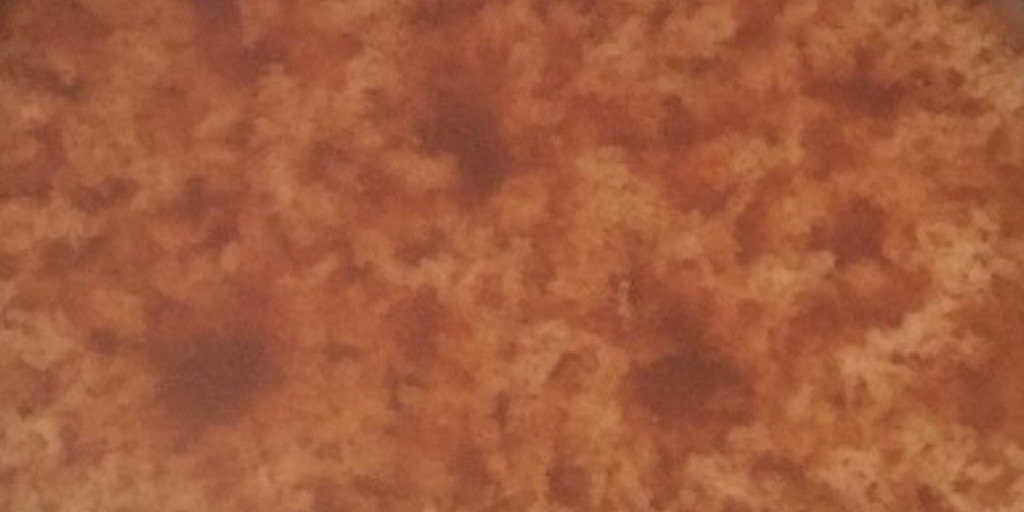
Generally when someone makes a tea or coffee to put in a thermos they do so at temperatures near boiling point.
This extremely hot water mixed with the acidity of tea or coffee creates the perfect environment for curdling to happen.
Add in the fact that you'll often leave your coffee in your flask for hours before you drink it and this gives the milk proteins lots of time and heat energy to break down and form clumps.
Milk that is closer to it's used by date will be more acidic naturally than fresh milk and thus will be more likely to curdle.
Plant based milks like soy and almond milk contain less proteins overall (and more water) and thus are more prone to curdling, especially at high temperatures.
Is It Safe To Drink Curdled Milk in a Thermos Flask?
When milk curdles in your coffee or your tea it looks disgusting, almost like the milk has completely gone off.
But in a lot of cases it's actually ok to drink curdled milk without issue, but sometimes drinking curdled milk can make you sick.
So is it safe to drink curdled milk in a thermos or should you avoid it?
It is generally safe to drink curdled milk in hot tea or coffee above 140ºF (60ºC) as most bacteria in milk doesn't survive these heats. The milk has curdled because of heat and the acidity of your tea/coffee, not because it has gone bad.
However, if your tea or coffee or any other drink with milk in it is between the temperatures of 40-140ºF (4.4-60ºC) then there is a chance the curdling has occurred from bacteria in your drink.
In this case I would avoid drinking curdled milk as there is a chance of it actually being spoiled and could cause you health issues.
See the latest price of Thermos coffee mugs at Amazon

How To Stop Milk Curdling In Your Thermos Flask?
There are actually quite a few different things you can try to stop milk curdling in your thermos so you've got perfect tea or coffee to drink when you need it without having to worry about it being lumpy.
Use Fresher Milk
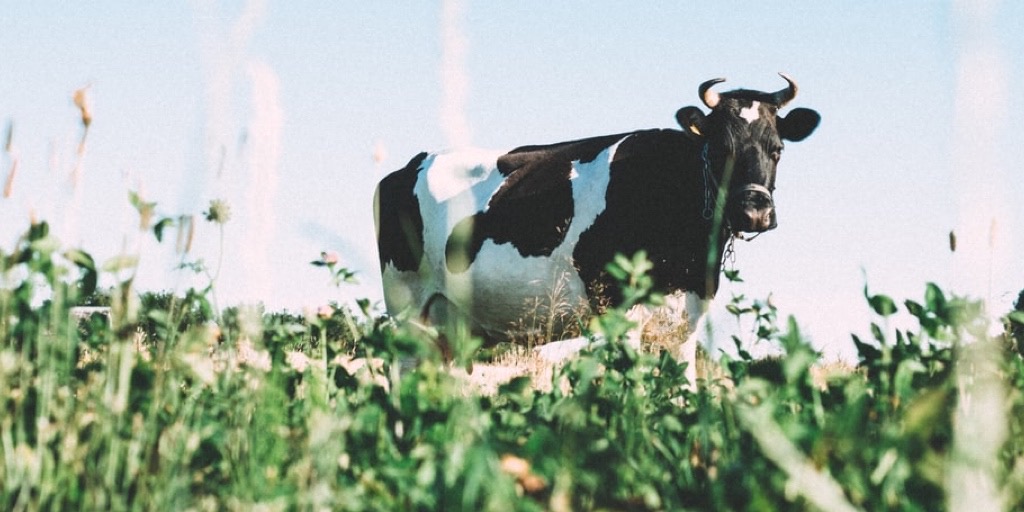
As milk goes off the bacteria that occurs naturally in milk create lactic acid which is acidic in nature. This means the older your milk is the more acidic it is and the more likely it is to curdle when mixed with something else acidic like tea or coffee.
By using fresh milk it's going to be less acidic and the addition of tea or coffee is less likely to make it curdle.
Use Water That Isn't As Hot
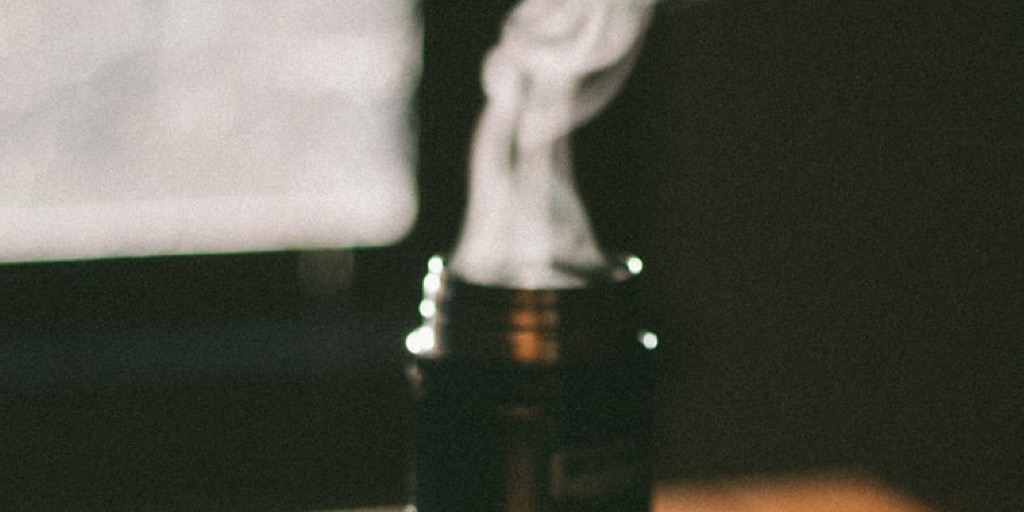
Heat speeds up the curdling process so the hotter your tea or coffee the faster milk will curdle and the more likely it will curdle.
Water at or near boiling temperature can often make milk curdle, especially if you leave it for a few hours before you drink your coffee.
NCBI state:
When milk is heated at temperatures range from 70 to 100°C, the whey protein…can denature due to heat treatment
Letting the water sit for a bit and cool down before adding your milk can reduce the chance of curdling.
You will want to be careful though that your drink isn't in that “danger zone” of 40-140ºF (4.4-60ºC) as bacteria can grow easily in these conditions which could make you sick.
Try a Different Brand
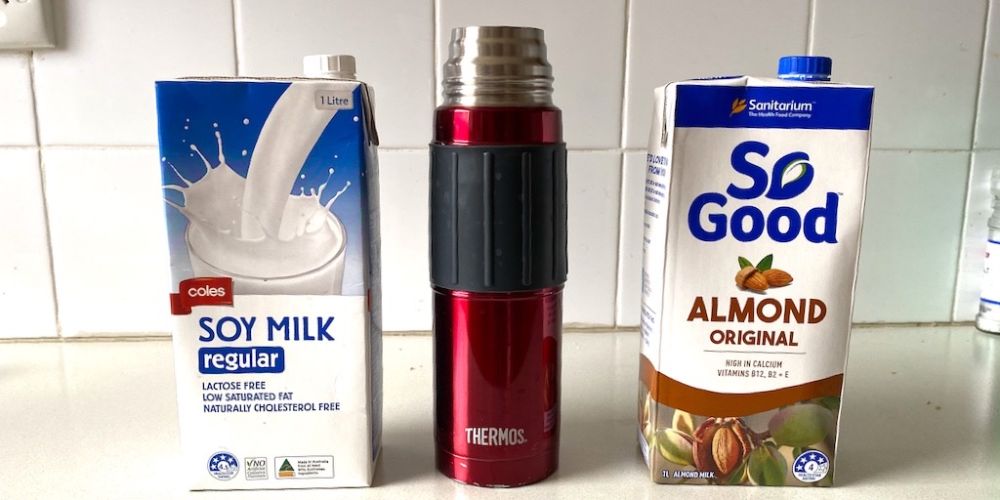
This is a tip mostly for those drinking plant based milks like soy, almond, coconut, hemp and oat milk which all have a tendency to curdle more than cows milk does.
Some brands are low in protein content and thus curdle more easily while some other brands are specifically formulated to resist curdling in tea or coffee.
If you're find that your brand of milk curdles all the time then try a different brand and see if you have any success.
For example almond milks with a higher percentage of almonds is less likely to curdle than a brand with a lower percentage of almonds. Some companies also add stabilizers to their plant based milks to stop them from curdling as easily.
Pre-Heat The Milk
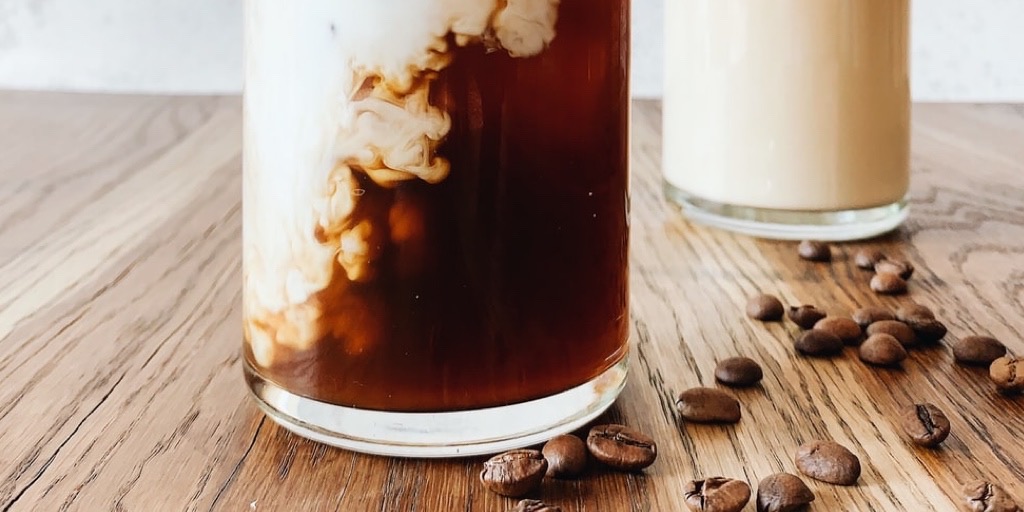
Sometime it's the temperature difference between the hot drink and the cold milk that causes it to curdle.
So preheating your milk to a similar temperature to your tea or coffee can sometimes stop the milk from creating lumps.
Don't Leave It As Long
The longer you leave the milk in a drink that is extremely hot the more lumping and curdling will occur. So drinking your tea or coffee faster could be a solution to avoid curdling.
Use a Tiny Bit of Baking Soda
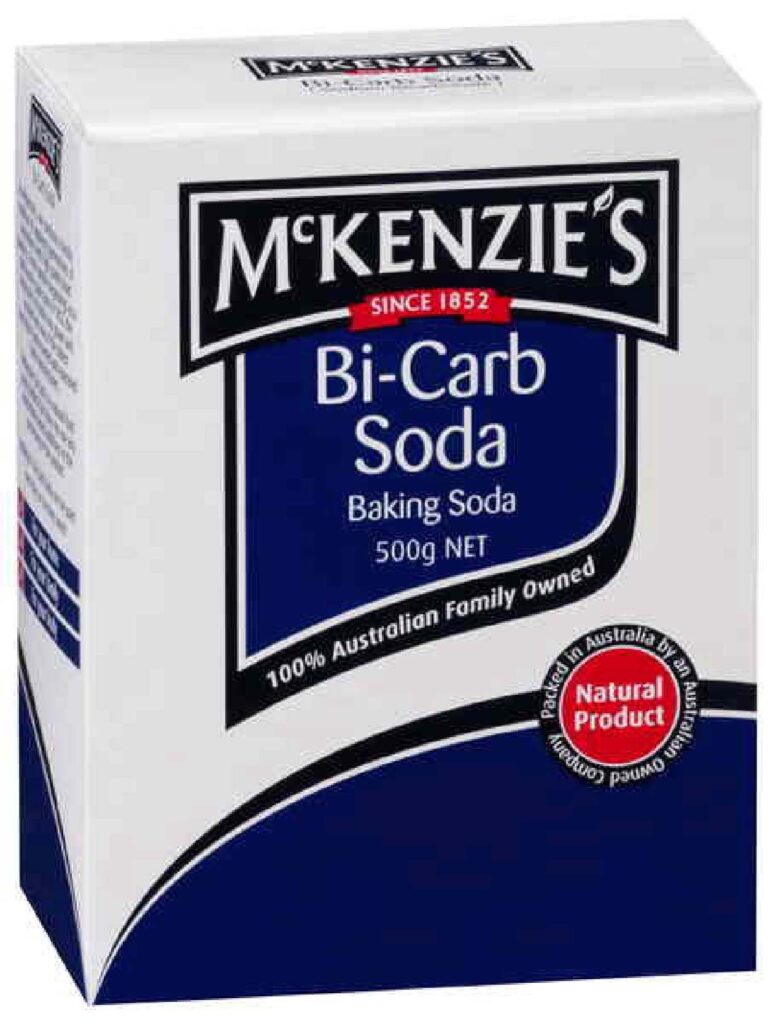
Baking soda is alkaline in nature (the opposite of acidic) so by adding a little bit of it into your coffee before you add your milk you can stop the acidity levels becoming so strong they cause the milk to curdle.
While it sounds like strange thing to add to your coffee and something that may completely ruin the flavor in a lot of cases you only need a tiny amount that you won't really taste and some people even say that baking soda can smooth out the harsh flavors in coffee, making them taste better.
So if you're using an instant coffee, a bitter dark roast or a cheaper coffee blend that doesn't naturally taste as good then baking soda might actually help with the flavor.
Below you can see an experiment where someone using a teeny tiny bit of baking soda in order to stop soy milk curdling in their coffee.

